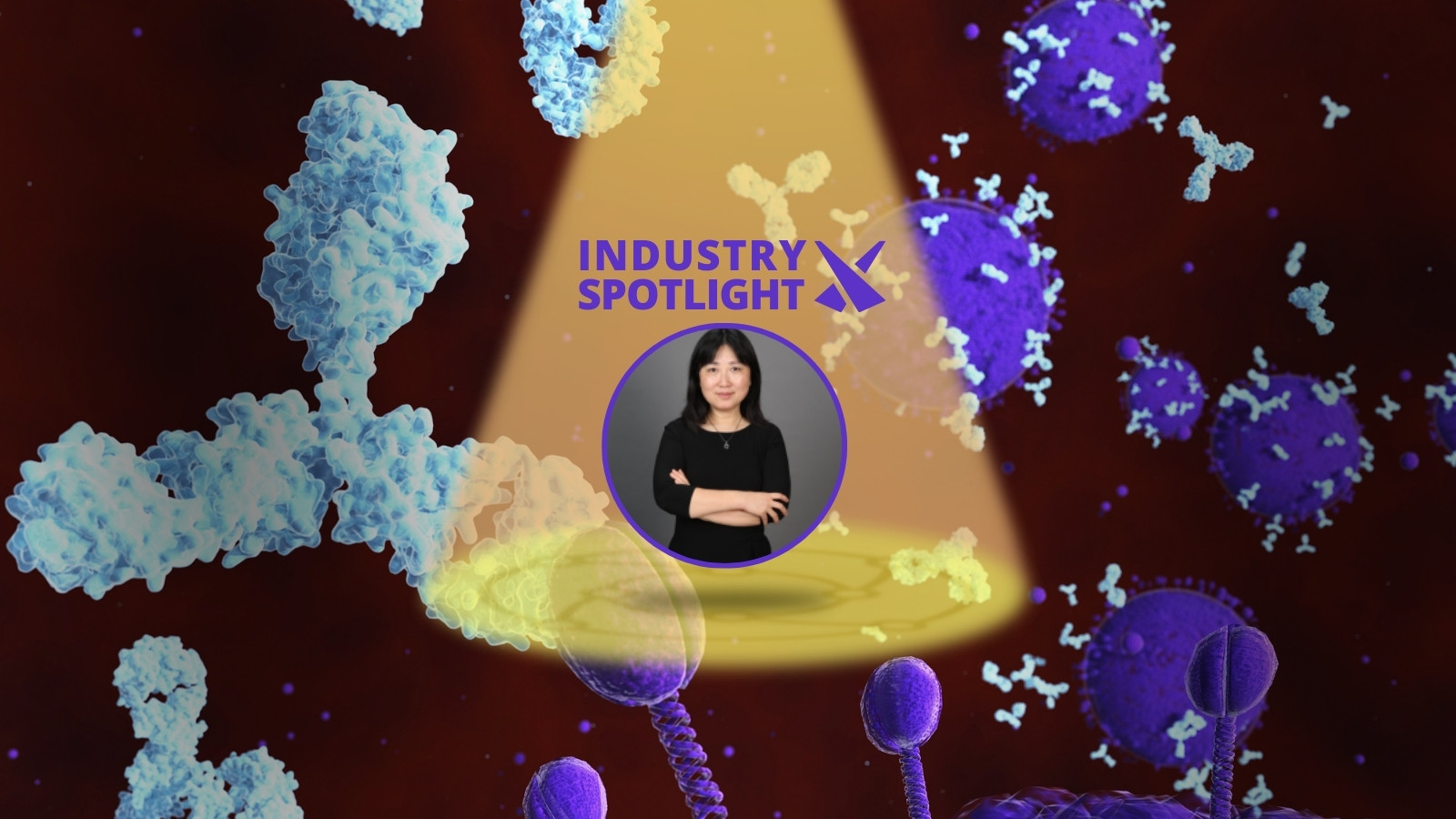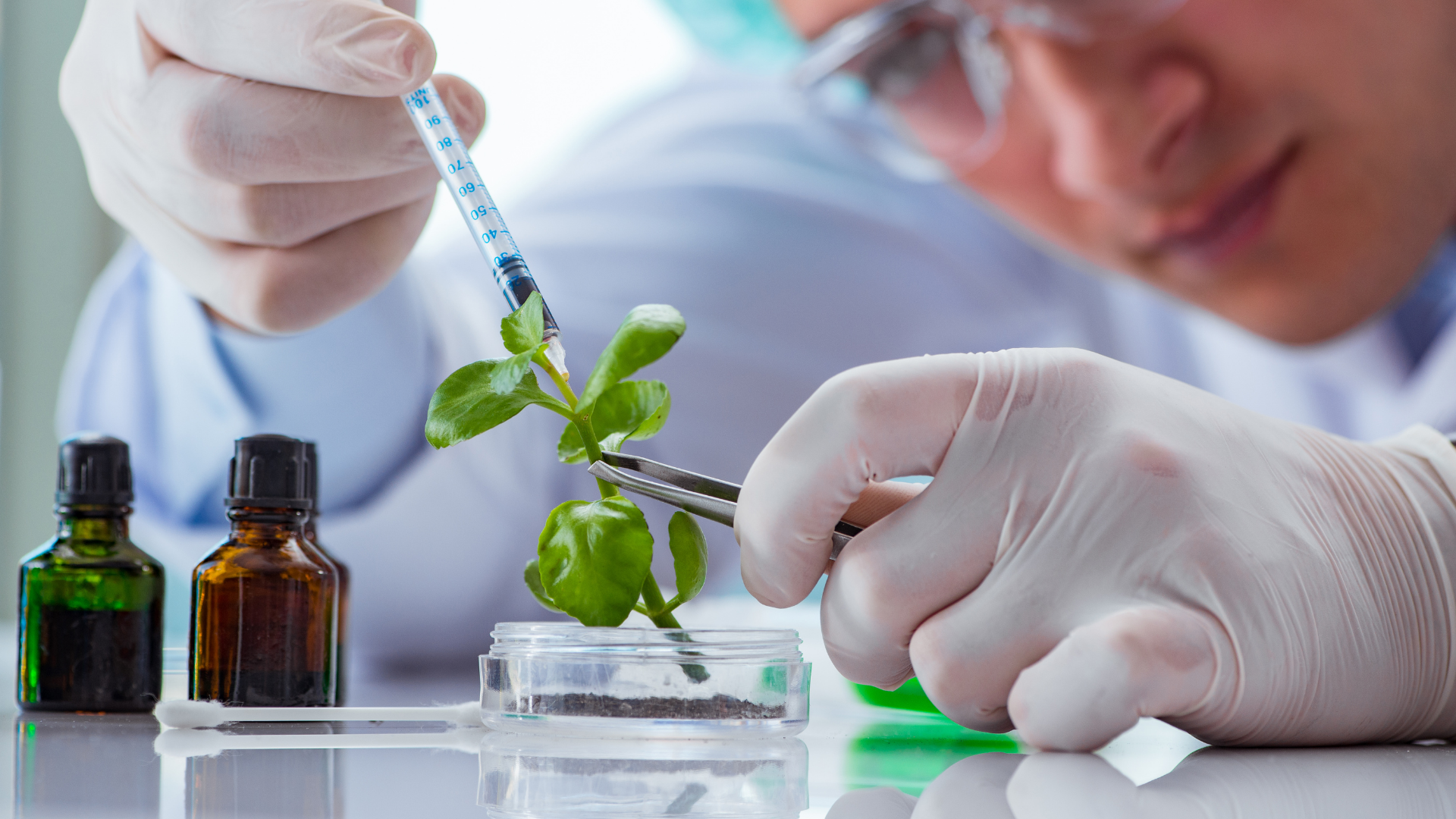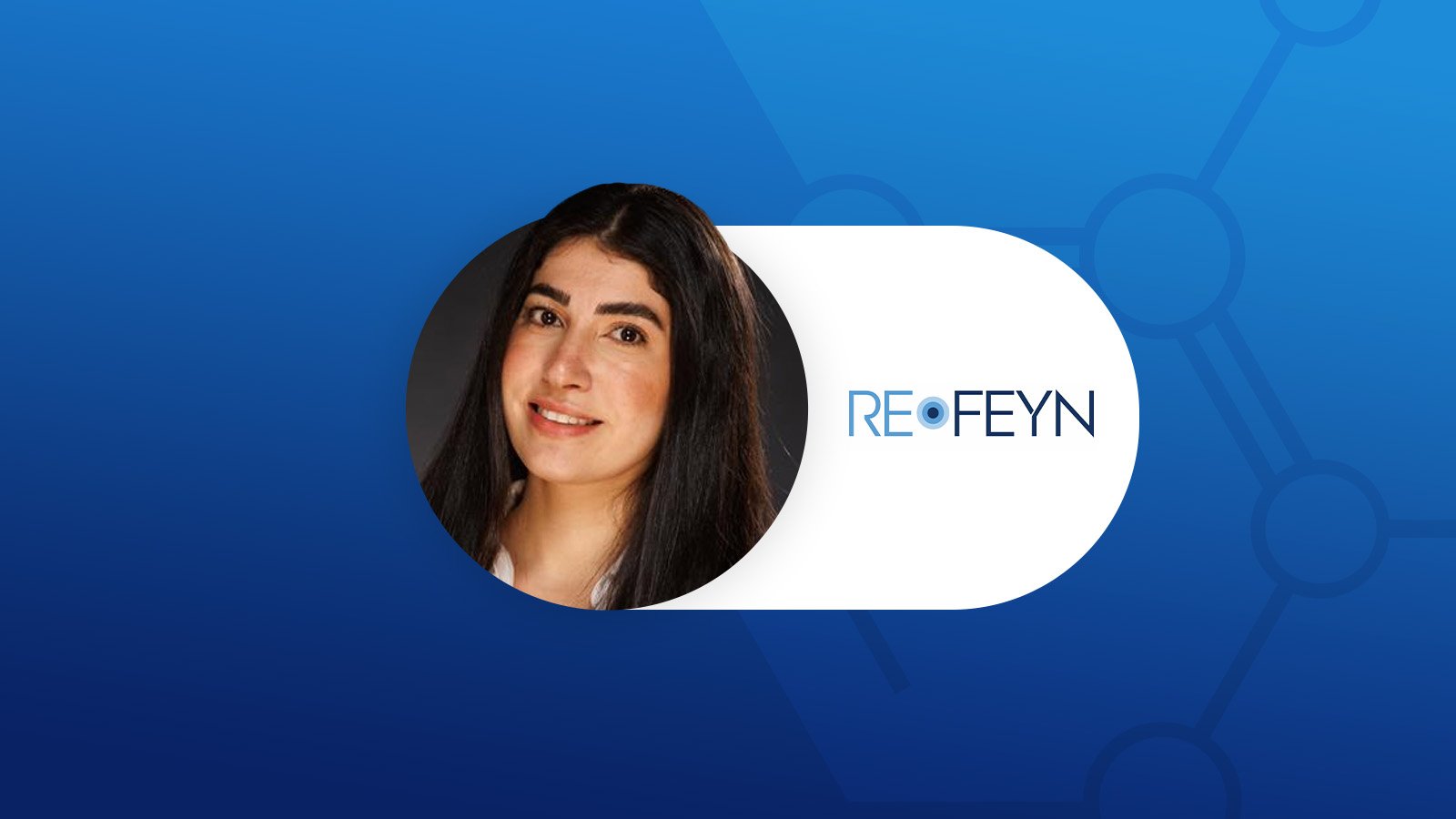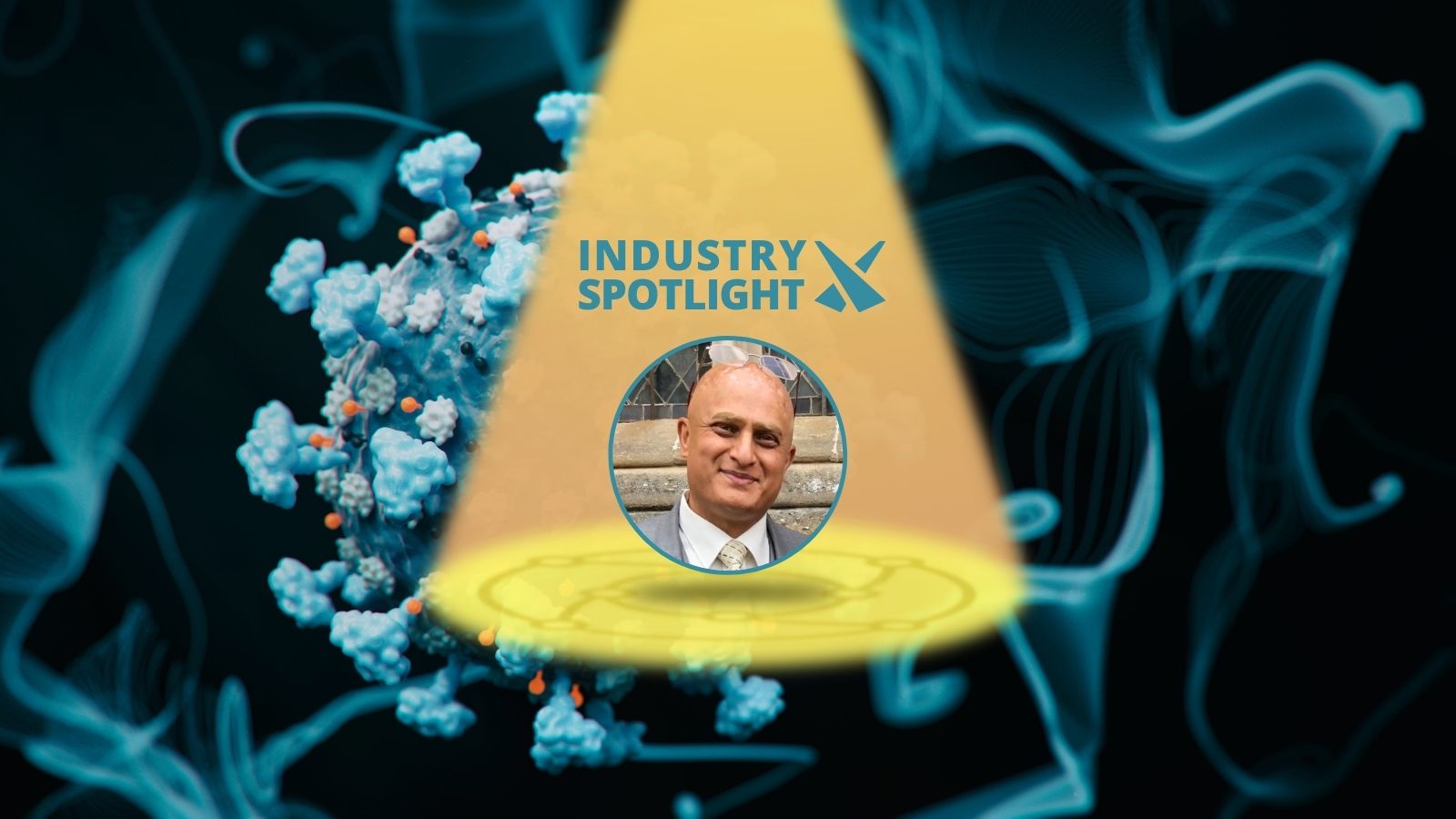Multispecific Antibody Development: Interview with Yue Liu, President and Founder of Ab Therapeutics

In this interview, we have the privilege of speaking with Yue Liu, the President and Founder of Ab Therapeutics, a pioneering company in the field of antibody-based therapies. Ab Therapeutics develops next-generation multi-specific therapeutic antibodies that hold the promise of revolutionising the treatment of challenging diseases, particularly cancers. The company combines their innovative platform, clinical development, and CMC (Chemistry, Manufacturing, and Controls).
RELATED:
- European Commission Approves Genmab’s Subcutaneous Bispecific Antibody Tepkinly
- Another Partnership from Takeda and F-Star Therapeutics to Look for Antibody-Based Therapies
- Monoclonal Antibodies: Guided Missiles in the Battle Against Cancer and More
In this conversation, Yue Liu provides insights into the nature of trispecific and multispecific antibody development, the role of computer-aided drug discovery in this process, and details on their pipeline of therapeutic antibody candidates emerging from their platform.
Could you tell us a bit about your work at Ab Therapeutics?
Antibody Therapeutics Inc. develops next generation multi-specific therapeutic antibodies with balanced safety, efficacy, and developability for the treatment of cancers and other difficult to treat diseases. We license Antibody Studio’s unique technology platform and incorporate Genor Biopharma’s unique CMC and Clinical Development experience to develop novel therapeutic antibodies.
How does the development of trispecifics and multispecifics differ from that of bispecifics?
Whether to develop a bi- or a trispecific is dependent on its mechanism of action. The design philosophy is similar: enabling safety, efficacy, and manufacturability balance aided by computer-aided antibody discovery (CAAD). Here, balancing a trispecific is more difficult than that for a bispecific.
Could you tell us about your computer aided drug discovery platform, and how it helps the development of new antibody-based therapies?
The platform can help design safety, efficacy, manufacturability balance as the following:
For balanced achieving safety and efficacy, antibodies are designed by CAAD and tested in cell-based assays. If the wet lab data suggests that the desired safety and efficacy balance has not been reached, the second round of CAAD design will be initiated and guided by the wet lab data from the first generation leading molecule. Usually the time for one cycle of ‘dry design’ and ‘wet lab work’ is about one month. After three rounds of design, safety and efficacy balance can be reached.
The process is similar for achieving good manufacturability. Antibodies, designed via CAAD, are tested by biochemical and biophysical assays. The wet lab data then informs the manufacturability and the need for another round of CAAD. Achieving a desirable manufacturability will also take around three ‘dry design, wet lab’ cycles, with each cycle taking about a month.
What antibody candidates are currently in the pipeline from this platform?
Both Ab Studio and Ab Therapeutics have proof-of-concept molecules developed using our licensed tech platform. So far, Ab Therapeutics has developed the following therapeutic antibody candidates:
1) GB263T: EGFR/c-Met/c-Met tri-specific antibody (phase I/II clinical trial is ongoing, run by the partner/licensee)
2) GB264: Fc enabled Claudin 18.2/CD3 BsAb (licensed out)
3) GB265: Fc enabled PD-L1/TIGIT
4) GB266: Fc enabled PD-L1/Lag3
5) GB266T: Fc enabled PD-L1/Lag3/TIGIT
What's next for the company?
Our goal currently is to license out our assets or partner with other biotech and biopharma companies to co-develop these assets.
Get your weekly dose of industry news and announcements here, or head over to our Biologics portal to catch up with the latest advances in targeted therapies. To learn more about our upcoming Biologics UK conference, visit our event website to download an agenda and register your interest.







